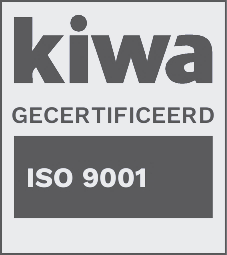Human beings are born storytellers.
Whenever we want something to be remembered, we create an appealing story. If you think about this for a moment, it will not take you long to find many examples. History is replete with tales and myths that make people rally around a common cause and find the passion to spread the word.
I want to talk about the story behind your European Works Council.
We all know the legal basis for EWCs: there is the EWC Directive and the EWC agreement which is negotiated between parties at corporate level.
But do your colleagues really talk about your EWC and what it is all about? You have probably noticed that they don’t and that the EWC is very often next to invisible within the organisation.
What is lacking is the story about the value of what the European Works Council is doing and how that is relevant to both employees and management.
So how do you come up with a good story that will stick in your colleagues’ minds? Ask your EWC members a few important questions that point beyond the letter of the EWC agreement. Look for a sense of purpose that can easily be communicated across all layers and geographies of the organisation.
Think ahead three to five years and look back on the current moment. How would you (and your fellow EWC members) like to answer the following questions?
- What have we been about as a European Works Council?
- What has been our identity within our organisation?
- Why were the employees interested in us?
- Why has management taken us seriously as a body?
- Where have we made a difference (compared to other bodies at the national or at the local level)?
- What value have we added for the company?
The answers will serve as the foundation of your EWC story. Every EWC member will provide their own answers to the questions and come up with their version of the story of your European Works Council. The objective of this exercise is that participants “flesh out” their ideal EWC as if it already existed. After that, others can point out what is needed to get there and where there are possible hurdles. It’s an exercise that is made individually and then discussed in the plenary group.
After this initial crafting session, the group splits up into smaller working groups and brings all remarks and points from the plenary session together to try to find solutions to the problems that were unearthed.
Participants are not left to their own devices of course. They use a set of valuable tools that date back to antiquity. Over 2000 years ago, Artistotle proved that for a story to be really heard, it should have 3 essential features: ethos, pathos and logos.
This also applies to the European Works Council story:
- Ethos: how do employees, management etc… see your EWC? In other words, how can you create the reputation that you want within the organisation?
- Pathos: what will make your constituents passionate about your EWC? Any person or organisation that wants to make a lasting impact needs to appeal to people’s emotions and not only to their logic.
- Logos: what rational arguments will convince people of the value of your EWC?
In the next step of the process, working groups agree on a common story to be presented to the plenary session. At this stage, new avenues of thought open up and all the elements are gradually brought together in one powerful EWC narrative. This first joint draft is then written for final revision and editing. The finished version of the story is then checked against the original list of questions to make sure that nothing has been forgotten or left out.
After that, the success of the story depends on how it is told, but that is food for another post!


.png)
.svg)
.png)
.svg)

%20(2).jpg)
.jpg)
.jpg)









.png)


.png)
